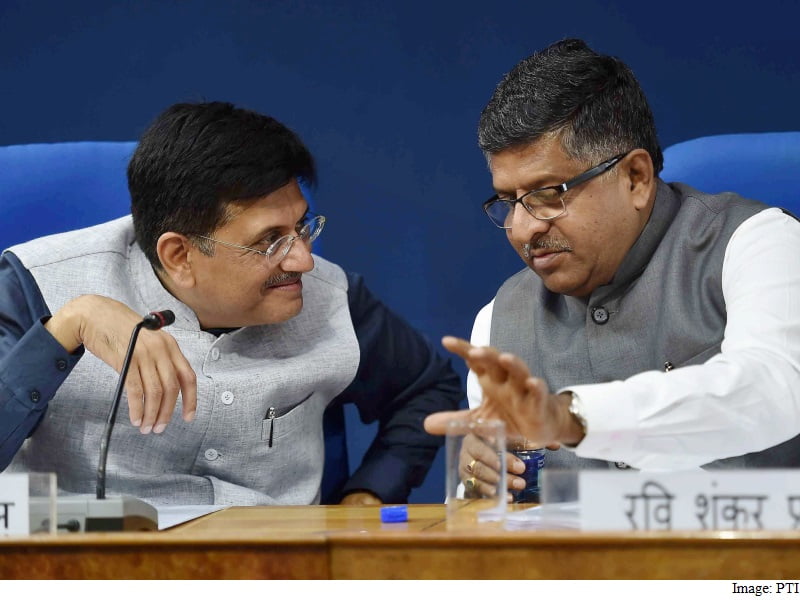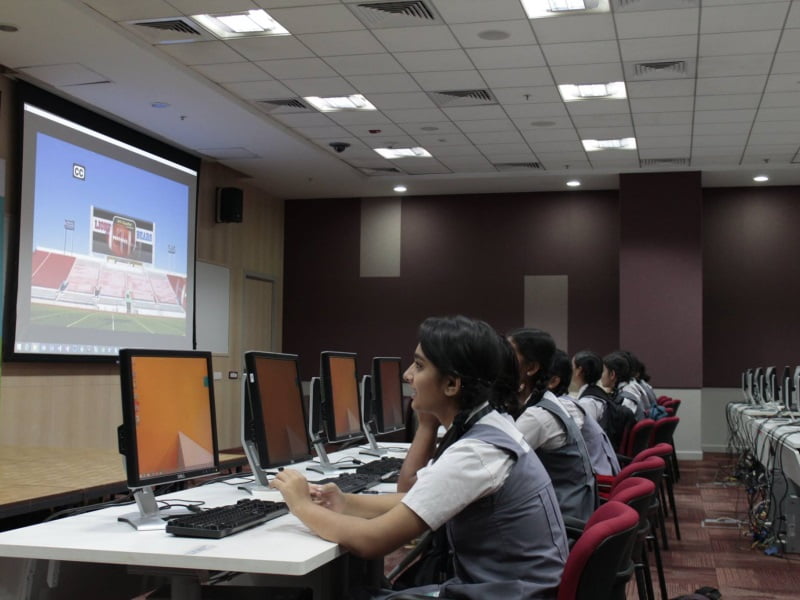
India’s largest and most successful education expansion serves as a foundation for educational equity. It took a lot of planning, money, and effort to get 260 million kids into classrooms on a scale that no one thought was possible. The change happened quickly. Millions of children had never been to school before twenty years ago. Today, more girls than boys enroll in higher education, and primary enrollment exceeds 96%. That is nothing short of a revolutionary shift. But enrollment is just the starting point. Real equity means that every child has access to the resources they need to succeed, which varies greatly across the diverse terrain of India.
The Role of Teachers in Achieving Equity in Education
Everything else is driven by teacher quality. The best teachers make students who are disadvantaged into high achievers. India produces outstanding educators. The problem lies in getting them to where they are most needed. Rural postings can be attractive rather than punitive thanks to incentive structures, housing support, and career advancement opportunities.
Linguistic Diversity and the Meaning of Equity in Education
Language matters more than most policymakers realise. During the early years, children learn the most quickly in their native language. This is reflected in India’s multilingual education policies, whose implementation across hundreds of languages takes time. States leading in mother tongue education see better learning outcomes consistently.
The Importance of Digital Literacy and Infrastructure
Infrastructure creates the foundation for learning. Kerala’s near-universal sanitation facilities eliminated attendance barriers for girls. Himachal Pradesh’s electricity access enabled digital learning in remote areas. Gujarat’s transportation networks brought schools within reach of scattered communities. Access to high-quality education has become more accessible to everyone, regardless of where they live. Now, a child in rural Rajasthan has access to the same educational materials as a child in Delhi’s urban area. Local language digital content ensures that technology enhances rather than replaces cultural identity. This highlights the growing importance of digital literacy in promoting equity in education.
Participation from the community ensures that educational advancements will last. Better outcomes are seen when parent committees actively participate in school governance. Village leaders who champion education create environments where learning is valued. External support is more effective and lasts longer thanks to this ownership at the grassroots level.
Economic Support and the Difference Between Equity and Equality in Education
Economic support removes financial barriers that keep capable students out of school. Free textbooks, meal programs, uniform allowances, and transportation subsidies represent massive public investments in educational access. Over 100 million children are fed daily by the Mid-Day Meal Scheme, which also improves attendance and nutrition. Even when absolute scores remain below the national average, schools that serve disadvantaged populations can demonstrate success by showing how far students have come. This approach reflects the difference between equity and equality in education, by offering tailored support based on need, not identical resources for all.
Students are prepared for India’s evolving economy through skill development programs. Direct routes from education to employment are created through vocational training that is connected to local industries. This is not a second-rate education; rather, it is practical preparation for economic opportunities that do not necessitate academic credentials.
Conclusion
Non-Governmental Organizations and Education Equity Child protection NGO efforts fill specific gaps with remarkable efficiency and innovation. They deliver hot meals to millions of children daily, improving nutrition and attendance simultaneously; they place motivated graduates in schools needing additional support, bringing fresh energy and methods; and they develop teaching techniques that work in resource-constrained environments, often pioneering approaches that government systems later adopt. These organisations understand local contexts and adapt quickly to changing needs.
Public-private partnerships led by child protection NGO work bring additional resources and innovation to educational equity efforts. Corporate social responsibility programs fund infrastructure improvements, teacher training, and student scholarships. These collaborations leverage private sector efficiency while maintaining public sector oversight and accessibility.
Education donation programmes create direct pathways for supporting educational equity. At a sufficient scale, monthly sponsorships can cover a child’s entire educational costs, including tuition, supplies, uniforms, and nutritional assistance. These programmes work because they provide sustained assistance over multiple years rather than one-time interventions. Online platforms and corporate sponsorship have made it possible for middle-class families to directly contribute to educational support. India’s educational innovations continue to gain international recognition. Indian strategies for community engagement, technology integration, and large-scale educational delivery are studied by nations all over the world. India’s experience provides valuable lessons for other nations pursuing similar educational transformations.
The path forward builds on proven successes while expanding reach and impact. India’s educational system has shown remarkable adaptability and capacity for improvement thanks to education donation, government emphasis, and institutional support. The infrastructure, policies, and institutional knowledge exist to achieve full educational equity within the next decade.
Educational equity reflects India’s commitment to merit-based opportunity and social mobility. The progress achieved in just two decades proves that ambitious goals are achievable with sustained effort and appropriate resource allocation. As successful approaches spread to all communities, India’s educational transformation will continue to accelerate.













